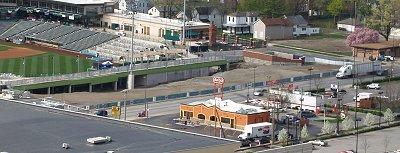
Casey Cox is a Redevelopment Commission member and recently had an op-ed piece published in a local newspaper. That piece is reprinted here with his permission.
Vibrant core attracts young
City must address dwelling needs
by Casey Cox
A recent report from the Brookings Institution suggests that young people are moving to urban areas in greater proportion than recent or past generations.
In an article from the Associated Press announcing the findings, William H. Frey, a demographer at the Brookings Institution and co-author of the analysis was quoted as saying, “What used to be white flight to the suburbs is turning into “bright flight” to cities that have become magnets for aspiring young adults who see access to knowledge-based jobs, public transportation and a new city ambiance as an attraction.”
Mid-sized cities with comfortable living standards like Fort Wayne would be wise to take notice and facilitate opportunities for urban living.
Though some point to the stalled Harrison condominium project as a barometer for lack of interest in urban living, others see it as basic pragmatics: the least expensive condominiums were too high for most young people.
Many young professionals remain undeterred in their support for downtown living options.
“In order to become truly vibrant, our downtown needs a residential component which provides affordable and safe options for the younger demographic,” said Lisa Updike, an attorney and vice president of the Young Leaders of Northeast Indiana.
Updike said she appreciates the emphasis on downtown as an entertainment district, but hopes that developers begin turning their attention to the residential potential for downtown, as well.
“Entertainment venues are important, but a downtown neighborhood is essential for sustainability and long-term vitality,” she said.
Jane Jacobs, the consummate American urban thinker would agree: “Lively downtowns are apt to have dwellings…, and night uses these residents enjoy and help support.”
“Where such combinations have vitality,” Jacobs wrote, “the residents are part of a very complex pool of downtown day, night and weekend uses in reasonable balance.”
Otherwise, downtown as an entertainment venue, alone, is at risk of failure.
The lack of a consistent flow of people is perhaps the greatest threat to the existence of restaurants, shops, art and cultural welfare venues, and sports arenas that we desire for our downtown.
It forces these venues into odd hours of operation (lunch times for the business crowd but not always dinner; Saturdays and Sundays are out, except festival weekends and game days); things the average consumer can’t depend on without research.
Consistent flow of pedestrians alleviates this, even if it means less people at all other times than during “peak hours.”
It also means safer sidewalks and better chances at diversity, things rarely replicated in mid-sized cities where downtowns are often promoted as attractions rather than neighborhoods.
I often wonder why we care about downtown development at all – why, as Updike says, we want a “truly vibrant downtown.” There are surely more important functions of our city government and more pressing problems facing our neighborhoods.
Still, as is sure to be the case in a few months when city elections come around, downtown development is of primary concern to policymakers.
Jacobs, again, is insightful in explaining why this topic is of such importance to our city and why this article is an attempt to direct attention to certain aspects of it, after all: “When a city’s heart stagnates or disintegrates, a city as a social neighborhood of the whole begins to suffer: People who ought to get together, by means of central activities that are failing, fail to get together. Ideas and money that ought to meet, and do so often only by happenstance in a place of central vitality, fail to meet.
“The networks of city public life develop gaps that they cannot afford. …(A city) falters at producing something greater, socially, culturally and economically….”
Let’s create a neighborhood for our downtown, one that produces something greater for its residents, as well as for visitors from the suburbs, and beyond.
At the Fort Wayne City Council meeting this past Tuesday, Councilman John Shoaff commented on Casey’s piece, then called again on the City to take action against Hardball Capital. Â You may need to turn your volume up – I apologize. Â His comments are followed by Mitch Harper and Glynn Hines who calls upon the Administration to bring Hardball back before the Council for an update.
httpsv://www.youtube.com/watch?v=wCFqCJ2Vsd8
Back in June, I sat down with Casey and we talked about some of the thoughts he had regarding the stalled project. Â Seeking damages and tossing Hardball Capital out isn’t as appealing as it may seem when taking into consideration the contracts and what else would have to happen.
httpsv://www.youtube.com/watch?v=BETdptR6yuo
httpsv://www.youtube.com/watch?v=kLjm3dpZe20
httpsv://www.youtube.com/watch?v=Z7oXtIssoyk
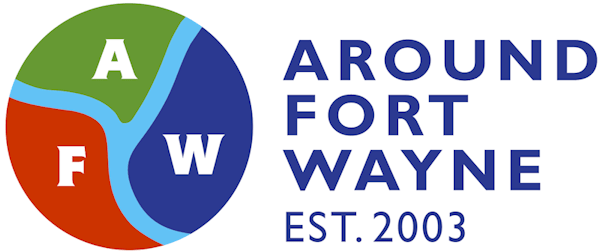
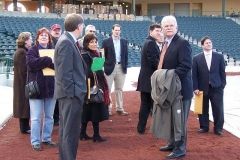
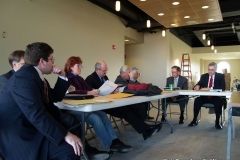
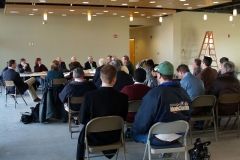

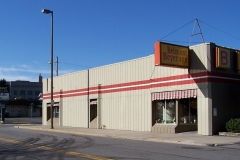

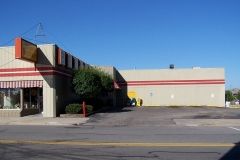

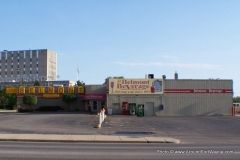
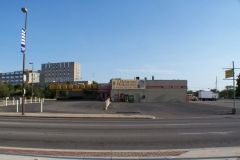
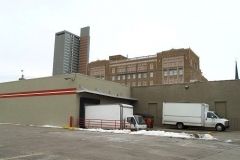

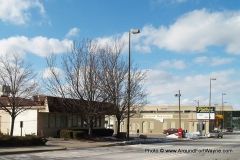


So, Casey, in your position on the commission, why don’t YOU push the administration (or is your commission’s responsiblity) to renegotiate the contract with Hardball Capital/Barry Real Estate ??? If you will recall, your commission was warned about this outfit – but our Redevelopment Director said to City Council, “You have no right to ask questions about the company (Barry Real Estate) we are contracting with on this project”. This ends up to have been a serious error – and nobody wants to admit it!!!!
This seems incredibly obvious. People are only going to go out of their way to do things downtown for so long until they get sick of it again. Harrison square was a great idea save for the few hundred thousand $$ price (which is absolutely ridiculous). NOBODY in their target market of young, college-educated types has that kind of money to throw around on CONDOS. In FORT WAYNE. If they planned some plain old apartments with month-to-month leases they would be completely packed. Put one next to Columbia Street – packed. Columbia Street – busy at all hours. Grocery store – build one. It’s really not that complicated.